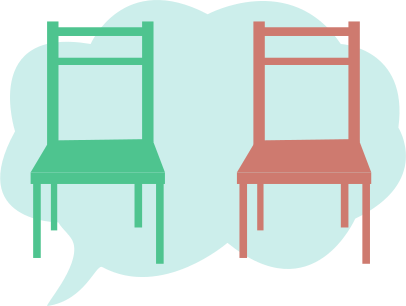Card

Philosophical Chairs
This strategy prompts students to think and speak critically with their peers about a real-world topic, and to consider how the topic applies to them and how it might impact others. Students use critical reading, thinking, and debate skills to consider, research, and develop an informed opinion on the topic.
Philosophical Chairs
Summary
Students share their opinions on a current event, then research and take notes on the topic. Students then debate their positions, changing sides as their opinions shift to accommodate new information and other viewpoints.
Procedure
Find an article related to current events and print a copy for each student. Formulate an agree/disagree question, problem, or statement based on the current event.
Pose the agree/disagree statement to the class. Ask students to stand on the left or right side of the classroom depending on whether they personally agree or disagree with the statement. Invite students to take turns sharing their beliefs with the class, using agreement and disagreement statements (for example, "I agree with... because...").
Next, pass out the article. Ask students to read through it with a critical eye. As they read, have students (alone or with elbow partners) create a T-chart of pros and cons on the issue, pulling evidence from the text.
Ask students if their opinions have changed. If so, ask them to switch sides of the room if they can explain their reasoning. Allow students to take turns sharing their thoughts with agreement and disagreement statements.
If students change their minds over the course of the discussion, they are free to switch sides as long as they can explain their reasoning for why.
Adapted from McAndrews, S. (2013). Advancement Via Individual Determination AVID Elementary: Foundations Implementation Resource. San Diego, CA: AVID Press.




